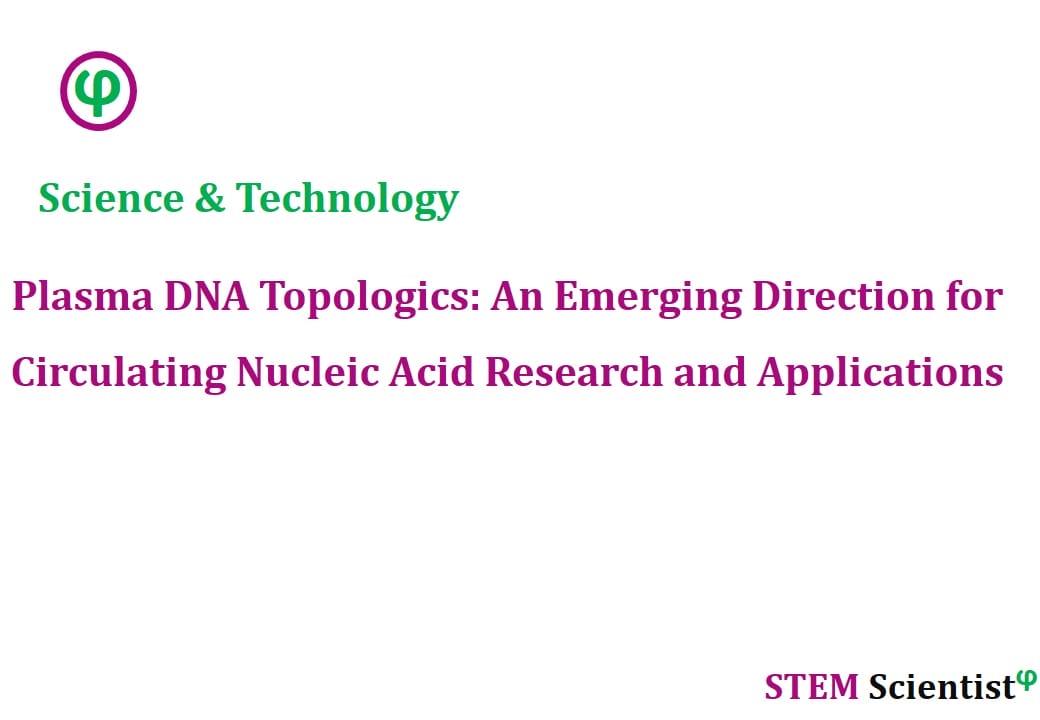
The following study was conducted by Scientists from University of Virginia School of Medicine, Charlottesville, USA; The Chinese University of Hong Kong, Hong Kong, China. Study is published in Proceedings of the National Academy of Sciences Journal as detailed below.
Proceedings of the National Academy of Sciences (2020); 117(3): 1658-1665
Identification and Characterization of Extrachromosomal Circular DNA in Maternal Plasma
Significance
We observed the presence of extrachromosomal circular DNA (eccDNA) in the plasma of pregnant women. We found that the plasma eccDNA molecules were longer than their linear counterparts. Among such eccDNA molecules, those of fetal origin were shorter than those of maternal origin. Characteristic dual-repeat patterns of eccDNA junctions might shed light on their possible generation mechanisms and provide them with distinctive signatures over linear cell-free DNA. Furthermore, the closed circular structure of eccDNA might allow resistance to exonucleases and thus higher stability of these molecules over their linear counterparts. These features of eccDNA provide opportunities for research and biomarker development. This work represents an example in the nascent field of plasma DNA topologics.
Abstract
We explored the presence of extrachromosomal circular DNA (eccDNA) in the plasma of pregnant women. Through sequencing following either restriction enzyme or Tn5 transposase treatment, we identified eccDNA molecules in the plasma of pregnant women. These eccDNA molecules showed bimodal size distributions peaking at ∼202 and ∼338 bp with distinct 10-bp periodicity observed throughout the size ranges within both peaks, suggestive of their nucleosomal origin. Also, the predominance of the 338-bp peak of eccDNA indicated that eccDNA had a larger size distribution than linear DNA in human plasma. Moreover, eccDNA of fetal origin were shorter than the maternal eccDNA. Genomic annotation of the overall population of eccDNA molecules revealed a preference of these molecules to be generated from 5′-untranslated regions (5′-UTRs), exonic regions, and CpG island regions. Two sets of trinucleotide repeat motifs flanking the junctional sites of eccDNA supported multiple possible models for eccDNA generation. This work highlights the topologic analysis of plasma DNA, which is an emerging direction for circulating nucleic acid research and applications.
Source:
Proceedings of the National Academy of Sciences
URL: https://www.pnas.org/content/117/3/1658
Citation:
Sin, S. T. K., P. Jiang, et al. (2020). “Identification and characterization of extrachromosomal circular DNA in maternal plasma.” Proceedings of the National Academy of Sciences 117(3): 1658-1665.


